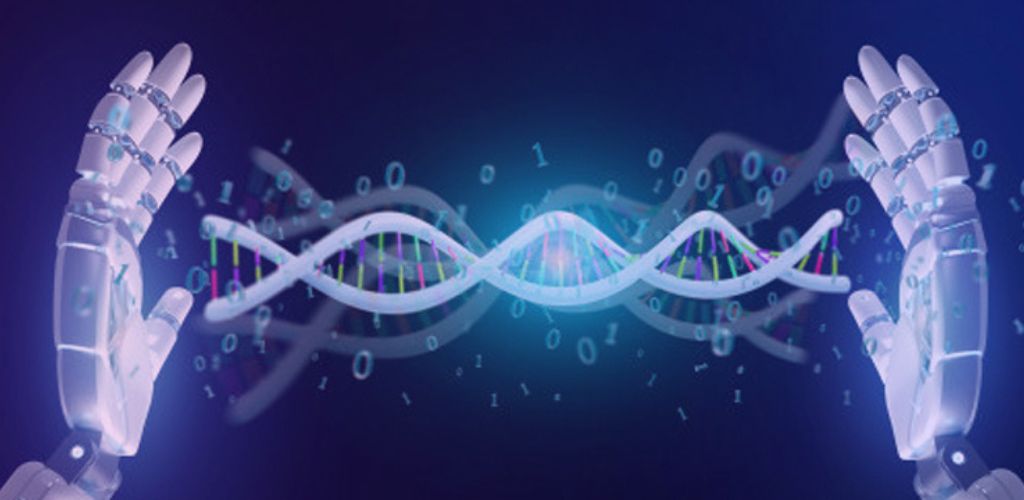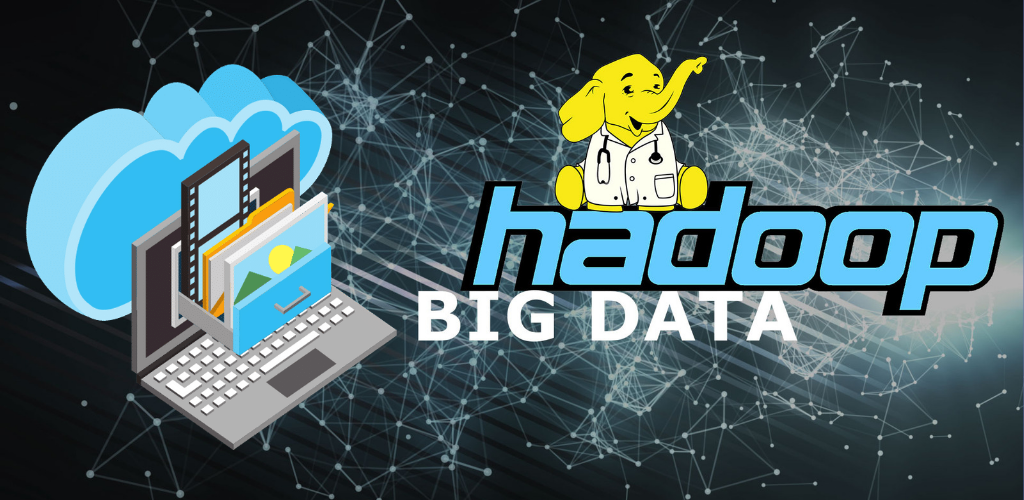Biotechnology is experiencing a groundbreaking transformation with the integration of Artificial Intelligence (AI) and Machine Learning (ML). This fusion is reshaping industries, enhancing efficiency, and contributing to crucial fields like agriculture, forestry, medicine, and bioinformatics. In this blog, we’ll delve into the significant strides AI is making in agricultural biotechnology, forest biotechnology, medical biotechnology, animal biotechnology, and bioinformatics.
AI in Agricultural Biotechnology:
Precision Farming:
In the realm of agriculture, AI is powering autonomous robots equipped with Computer Vision and Deep Learning algorithms to harvest crops efficiently. Drones capture data for monitoring crop and soil health, with ML algorithms predicting environmental changes, including weather fluctuations. The concept of “Agricultural Data Space,” exemplified by the Fraunhofer lighthouse project “Cognitive Agriculture” (COGNAC), facilitates interoperability and uniform ontologies for comprehensive data analysis.
Adapting to Climate Change:
AI addresses food security challenges by identifying climate-resistant crops through remote sensing technologies. The combination of AI and low-cost multi-channel sensors allows for precise monitoring of plant stress, optimizing nutrient cycles, and enhancing the adaptive capacity of agricultural systems.
Phenotyping and Genetic Diversity:
AI technologies aid in identifying new crop phenotypes, optimizing resource use, and enhancing resistance to variable climate conditions. Image-based phenotyping and AI algorithms play a crucial role in processing big data, supporting plant breeding efforts, and identifying efficient natural defense mechanisms.
Soil Health Monitoring:
AI contributes to soil health monitoring by efficiently characterizing soil organic matter and texture at large scales. By leveraging computer vision, AI assists in evaluating soil attributes, ensuring optimal physicochemical characteristics for sustainable agriculture.
Sustainable Practices and Environmental Impact:
Digitalization in agriculture enhances data collection, allowing for the assessment of soil health and the implementation of regenerative agricultural practices. AI assists in optimizing resource usage, automating pest and disease control, and improving post-harvest processes, overcoming labor shortages in many industrialized countries.
AI in Forest Biotechnology:
Wood as a crucial resource faces challenges due to the slow growth of natural forests. Forest biotechnology, especially genetic engineering, combined with AI, offers solutions:
Predictive Modeling:
AI analyzes data from satellite and drone imagery to predict tree growth, aiding in optimizing forest planting and management for maximum productivity.
Disease and Pest Management:
AI analyzes data on diseases and pests to predict their impact on forest health, allowing for targeted preventative measures.
Environmental Monitoring:
AI monitors forest health and potential impacts, such as wildfires, by analyzing data from sensors, ensuring timely protective measures.
Resource Management:
AI optimizes resource usage, including water and nutrients, in forests, minimizing waste and maximizing productivity.
Inventory Management:
AI analyzes data on tree location, age, and species, optimizing forest management for various purposes like timber production and conservation.
AI in Bioinformatics:
Omics Data Integration:
AI, especially deep learning algorithms, aids in integrating and analyzing large omics datasets, enhancing understanding in fields such as environmental sciences and medicine.
Crop-Soil Microbial Interactions:
AI and bioinformatics combined offer solutions in breeding for improved crops by associating genotypes with specific rhizosphere communities, promoting plant growth and reducing the need for agrochemicals.
Global Change Research:
AI facilitates large-scale datasets crucial for understanding global biodiversity, helping identify key drivers for ecosystem functions and regulating measures in agriculture and forestry.
AI in Medical Biotechnology:
Drug Development:
AI revolutionizes drug target identification and drug screening by analyzing genomic data, protein interactions, and drug activities.
Image Screening:
AI analyzes medical images to identify abnormalities and diagnose diseases, enhancing medical diagnostics through deep learning algorithms.
Predictive Modeling:
AI utilizes electronic health records and wearable device data to predict individual health outcomes and disease risks.
AI in Animal Biotechnology:
Precision Livestock Farming:
AI aids in monitoring animal health, optimizing resource usage, and providing data tracking from farm to fork, ensuring consumer health and safety.
Environmental Impact:
AI contributes to life cycle analyses, evaluating the environmental and health conditions of livestock production for sustainable and efficient practices.
Conclusion:
The integration of AI in biotechnology is ushering in an era of unprecedented advancements. From transforming agriculture to revolutionizing drug development and ensuring sustainable animal farming practices, AI’s impact is far-reaching. As we navigate the intricate web of biotechnology, AI stands as a beacon, guiding us towards sustainable practices, improved health outcomes, and a harmonious coexistence with our environment.
References:
- Holzinger, A., Keiblinger, K., Holub, P., Zatloukal, K., & Müller, H. (2023). AI for life: Trends in artificial intelligence for biotechnology. New Biotechnology, 74, 16-24. https://doi.org/10.1016/j.nbt.2023.02.001
- Holzinger, A., Saranti, A., Angerschmid, A., Retzlaff, C. O., Gronauer, A., Pejaković, V., Medel-Jiménez, F., Krexner, T., Gollob, C., & Stampfer, K. (2022). Digital transformation in smart farm and forest operations needs Human-Centered AI: challenges and future directions. Sensors, 22(8), 3043. https://doi.org/10.3390/s22083043
- Hesami, M., & Jones, A. M. P. (2020). Application of artificial intelligence models and optimization algorithms in plant cell and tissue culture. Applied Microbiology and Biotechnology, 104(22), 9449–9485. https://doi.org/10.1007/s00253-020-10888-2
- Kunz, P. (2022, July 7). Challenges in artificial intelligence for smart forestry. https://ercim-news.ercim.eu/en130/r-i/challenges-in-artificial-intelligence-for-smart-forestry
- Müller, H., Holzinger, A., Plass, M., Brčić, L., Stumptner, C., & Zatloukal, K. (2022). Explainability and causability for artificial intelligence-supported medical image analysis in the context of the European In Vitro Diagnostic Regulation. New Biotechnology, 70, 67–72. https://doi.org/10.1016/j.nbt.2022.05.002
- Reel, P. S., Reel, S., Pearson, E. R., Trucco, E., & Jefferson, E. (2021). Using machine learning approaches for multi-omics data analysis: A review. Biotechnology Advances, 49, 107739. https://doi.org/10.1016/j.biotechadv.2021.107739




